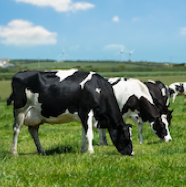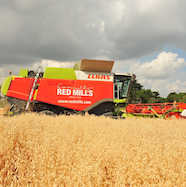Acidosis in Beef Cattle- Causes, Symptoms and Dietary Management
Ruminal acidosis continues to be a common digestive disorder in beef cattle and can lead to marked reductions in cattle performance. It is a metabolic disorder, where pH levels decrease very rapidly below 5 to 6, which supports lactic acid producing bacteria.
The fall in pH stops the rumen from moving, becoming atonic of which depresses appetite and production. The influx of acid produced is absorbed through the rumen wall causing metabolic acidosis, which in severe cases can lead to shock and death.
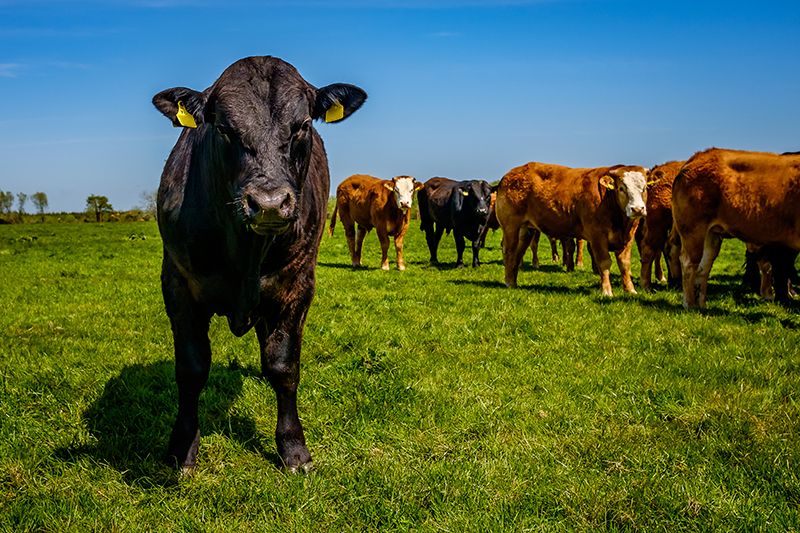
Causes of Acidosis in Cattle
The three main causes of ruminal acidosis are excessive intake of rapidly fermentable carbohydrates such as wheat, barley or other cereals, inadequate buffering capacity and inadequate ruminal adaption to a highly fermentable diet.
Types of Acidosis in Cattle
There are two types of acidosis: acute and sub-acute. Acute acidosis is a more serious condition, which can cause death, generally where cattle have obtained access to excess feed. Sub-acute ruminal acidosis is not as a severe as clinical acidosis, but the consequences are still significant and can include laminitis, infertility, depressed intake, drop in rumen pH and low butterfat.
Symptoms of Acute Acidosis in Cattle
Sub-acute acidosis can cause symptoms including a decrease in feed consumption, changes in faecal consistency, and a general disruption of normal digestive patterns. Cattle may exhibit changes in behaviour, such as increased restlessness, reduced rumination, and signs of discomfort. Prolonged subacute acidosis can lead to a decline in body condition, affecting the overall health and reproductive performance of the animal.
The Damage from Rumen Acidosis is Considerable
The rumen lining will be damaged depending on the extent of infection on the rumen wall. Inflammation occurs in the abomasum which may destroy the villi that are responsible for nutrient absorption from the rumen wall. This will also suppress the immune system, and liver abscesses are common, leading to reduced feed intake, feed efficiency, weight gain and carcass yield.
Prevention of Acidosis in Cattle & Sheep
Prevention is key in reducing the risk of acidosis in cattle and sheep. Forage plays a crucial role in maintaining proper rumen function. Ensure that cattle have access to a sufficient quantity and quality of forage to promote proper digestion and prevent acidosis. Roughage should be coarsely chopped to have effective scratching of the rumen wall. Introducing long-fibres in the diet will encourage saliva production during chewing and increase rumination after feeding.

Dietary Buffers and Dietary Management are key tools to tackle and Prevent Acidosis
Dietary buffers such as sodium bicarbonate, potassium carbonate or yeast can help neutralize excess acidity in the rumen and prevent the development of acidosis. The addition of acid buff and activator yeast can help neutralize excessive acid but must be offered with long fibre to aid digestion and lower rumen pH. Kaolin powder maybe used in extreme cases to boost electrolyte balance. Most popular beef feeds supplied by Connolly Red Mills that include acid buff and activator yeast would be 14% Early Beef Cube and 15% Bull Beef Mix.
In conclusion:
Ensure a well-balanced diet that meets the nutritional requirements of beef cattle. Avoid sudden changes in the diet by gradually transitioning cattle from forage to concentrate-based diets. This allows the rumen microorganisms to adapt to the new feed composition.
Ruminal Acidosis is a preventable condition with the correct feed management practices.
For further information on beef nutrition advice, contact the RED MILLS nutrition team.
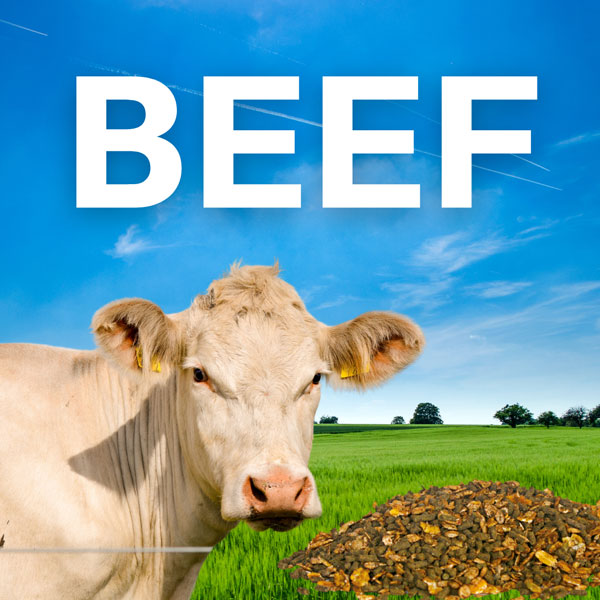
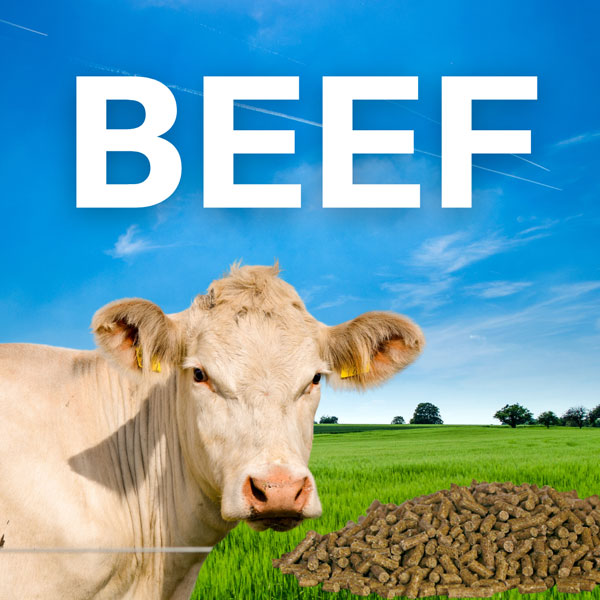
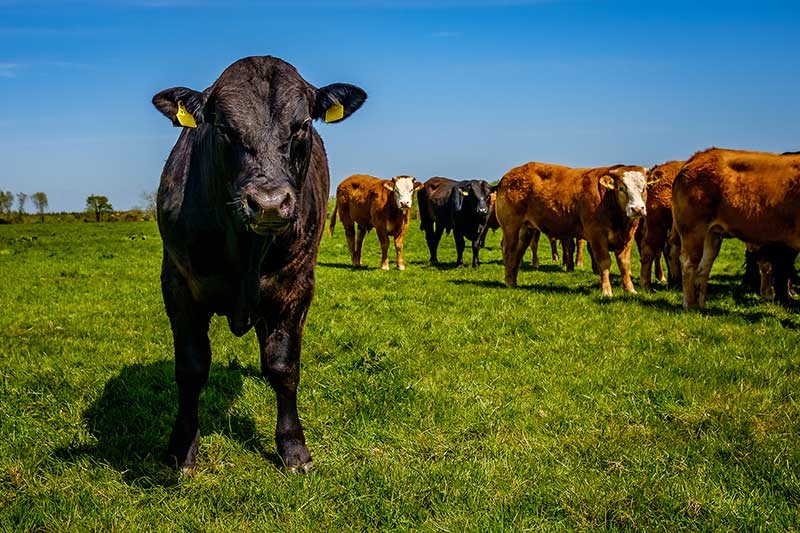
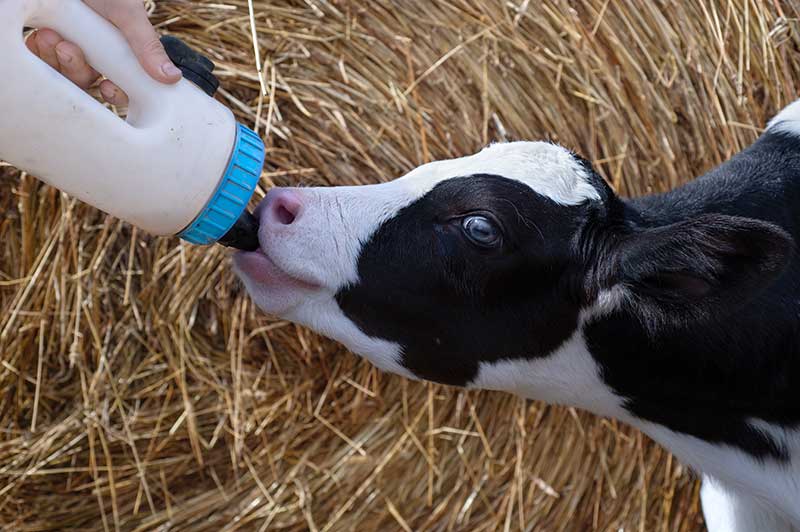
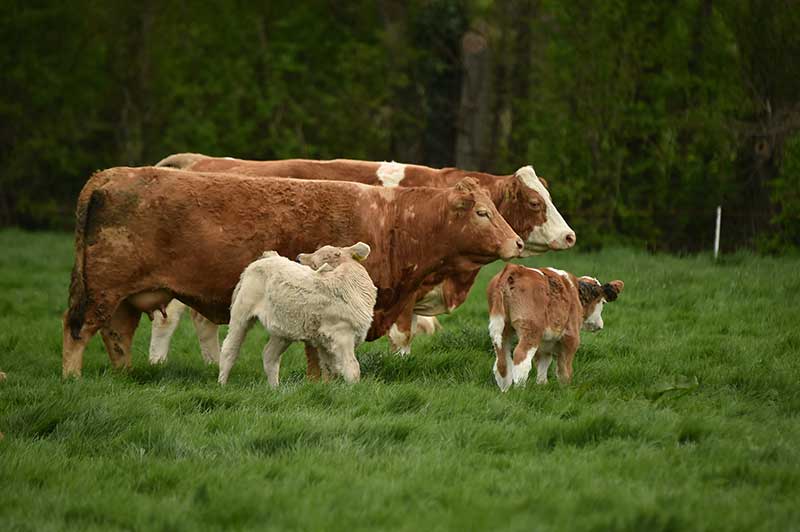
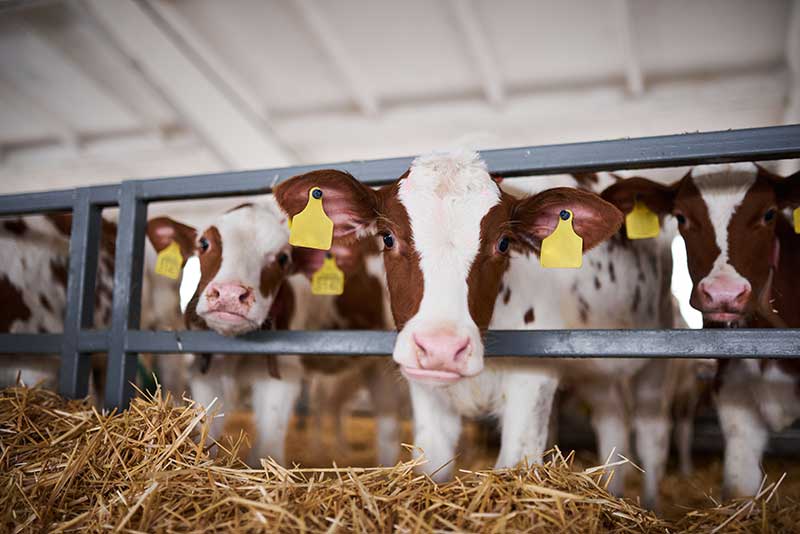


 05
05
